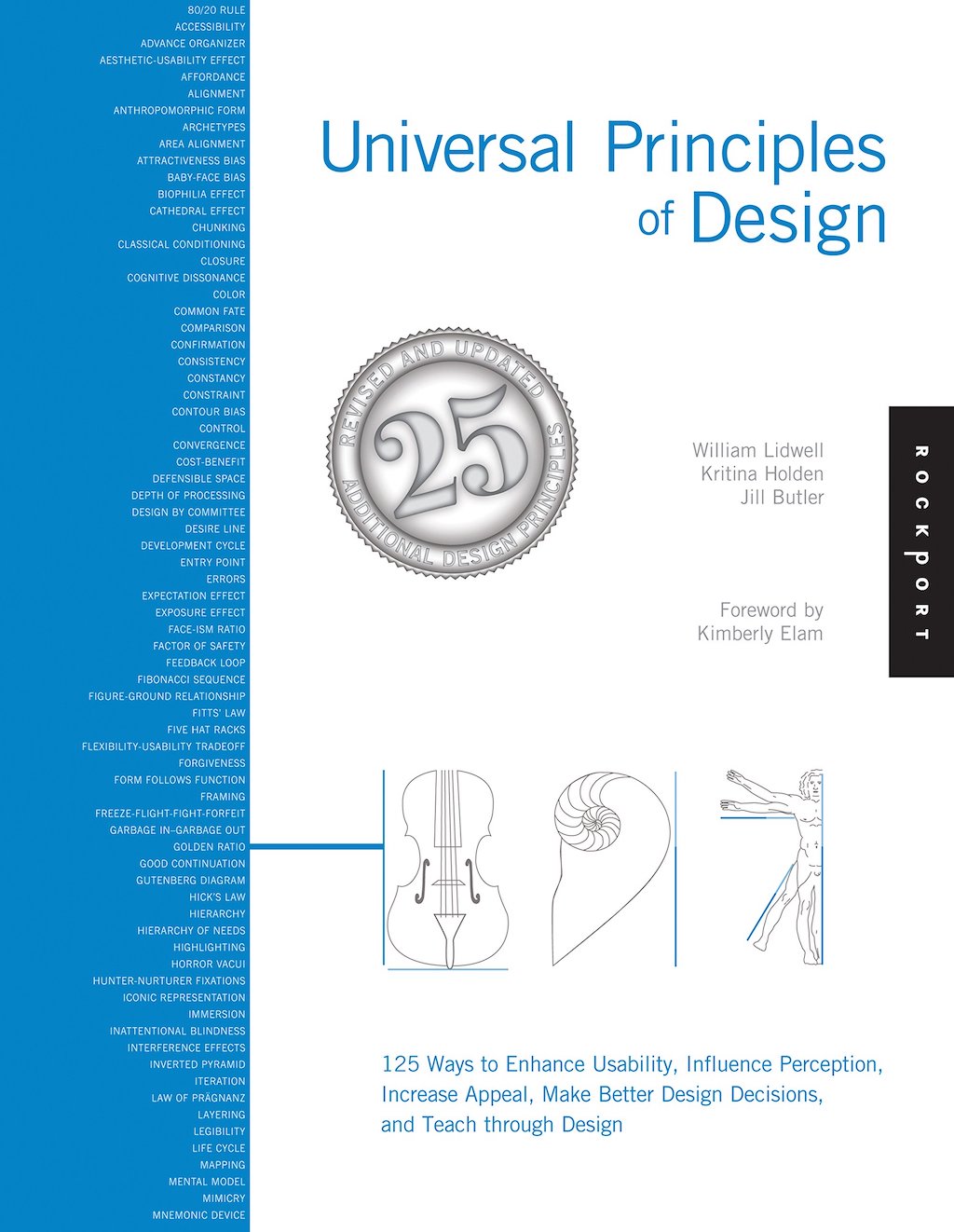There are two kinds of constraints:
- Physical constraints
- Psychological constraints
Physical constraints limit the range of possible actions by redirecting physical motion in specific ways. The three kinds of physical constraints are paths, axes, and barriers.
Psychological constraints limit the range of possible actions by leveraging the way people perceive and think about the world. The three kinds of psychological constraints are symbols, conventions, and mappings.
(Symbols influence behavior by communicating meaning through language, such as the text and icon on a warning sign. Conventions influence behavior based on learned traditions and practices, such as “red means stop, green means go.” Mappings influence behavior based on the perceived relationships between elements. For example, light switches that are close to a set of lights are perceived to be more related than switches that are far away.)




